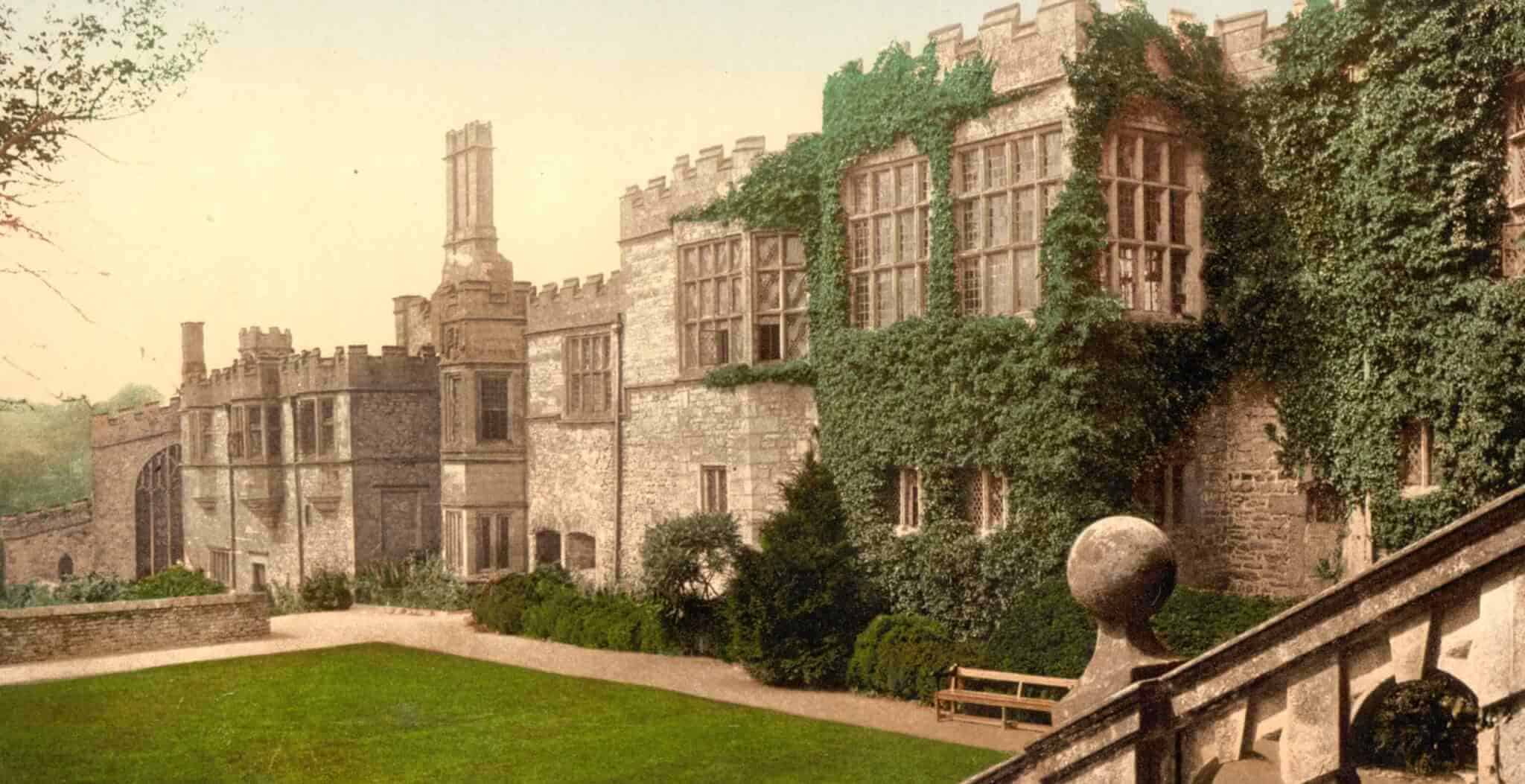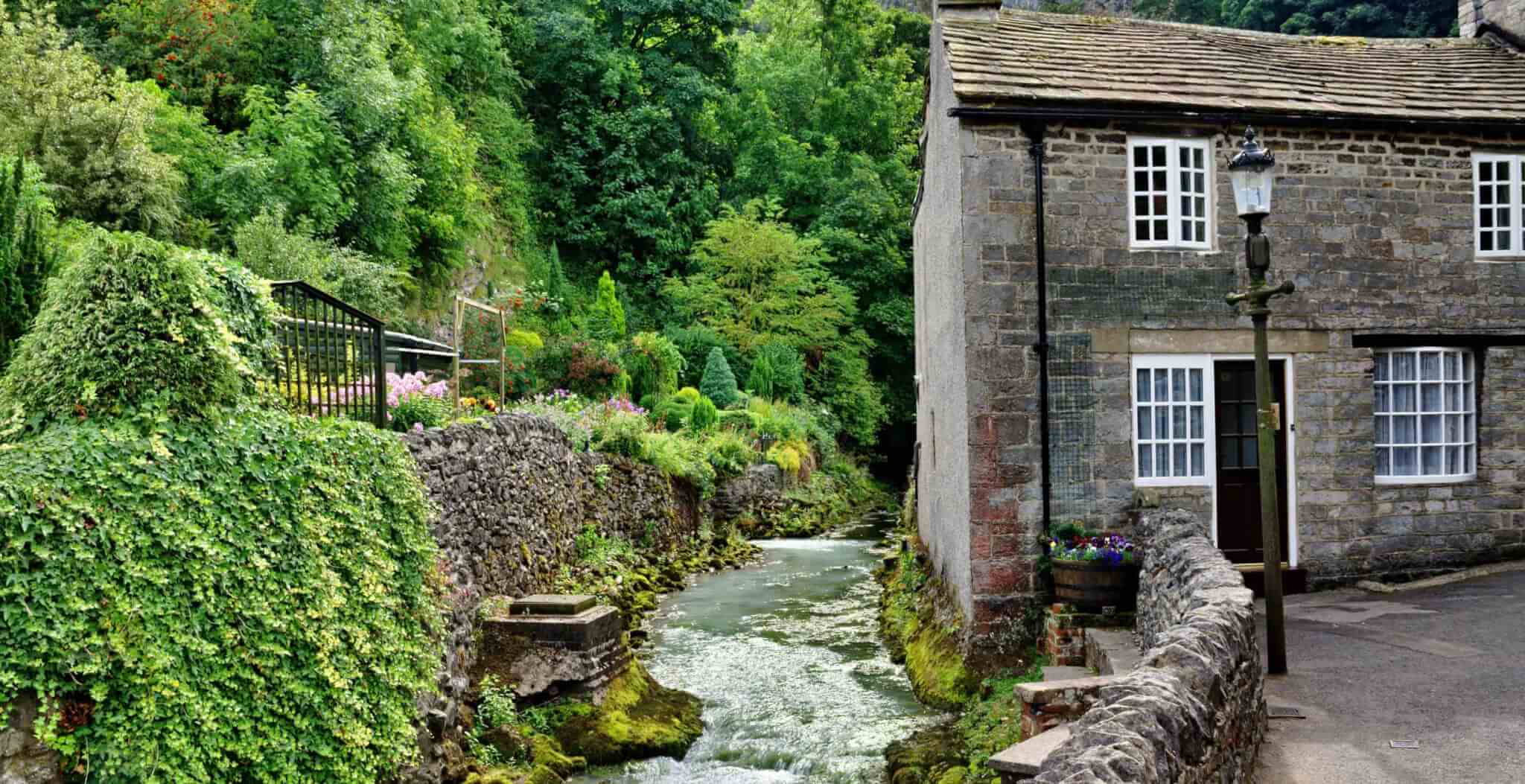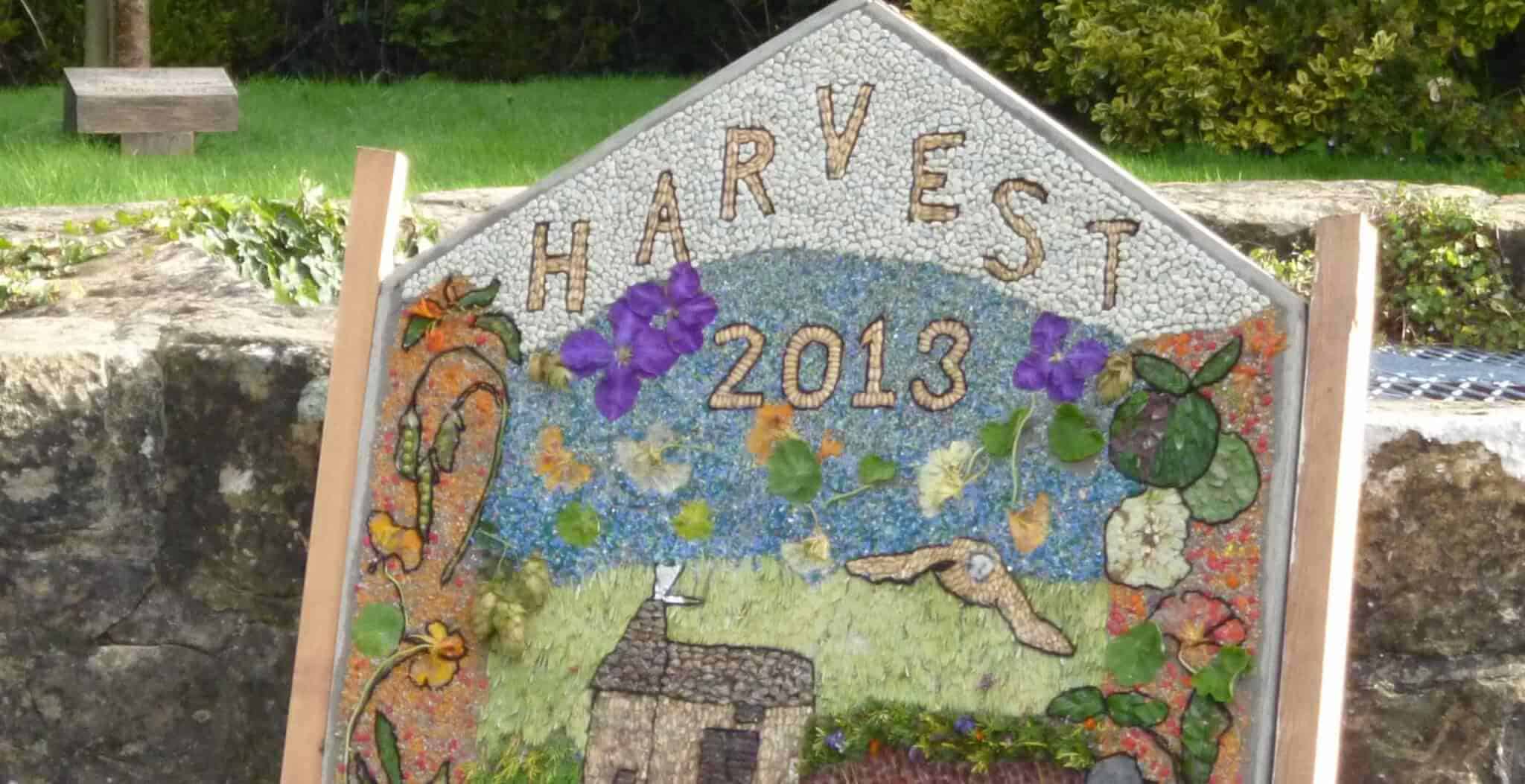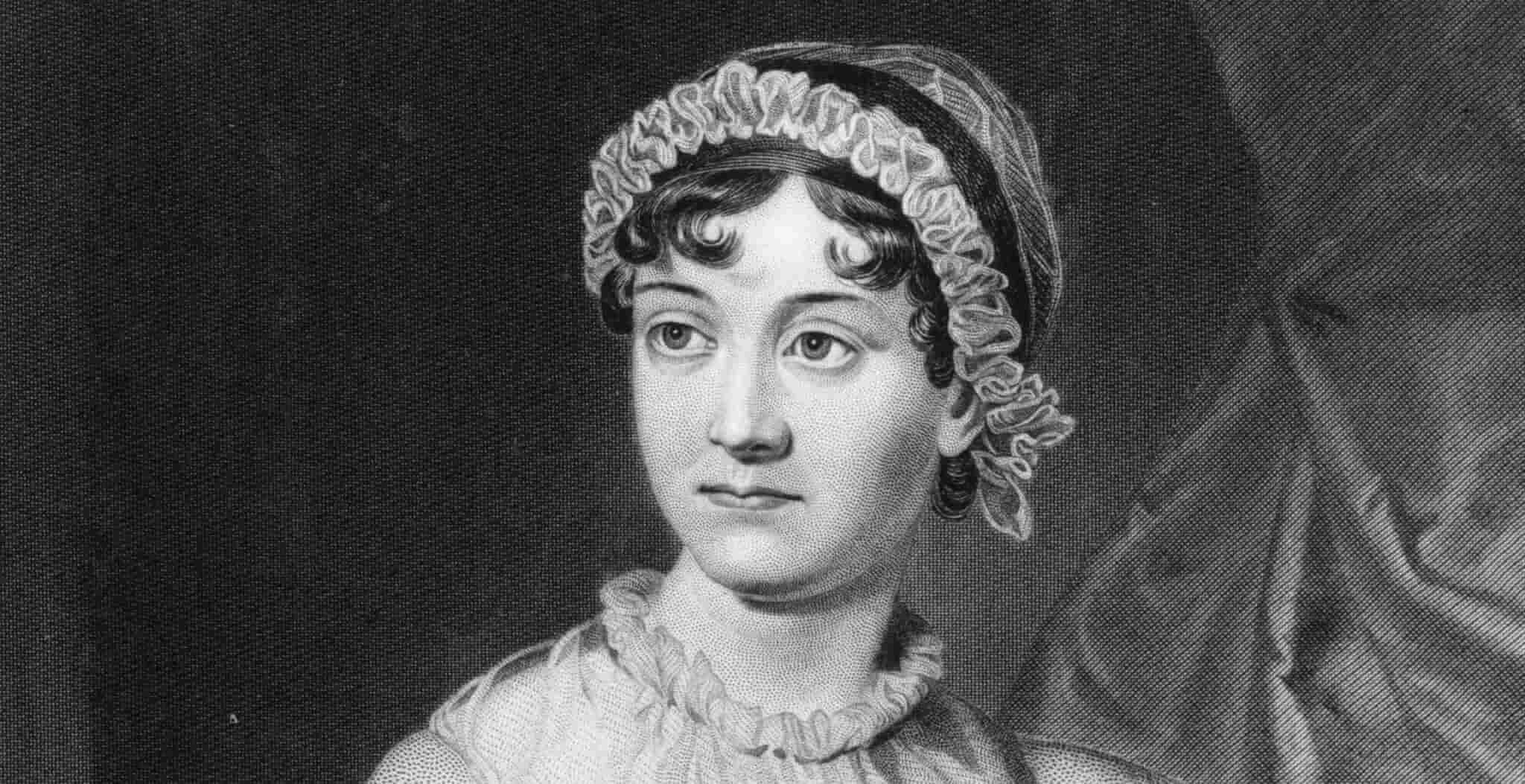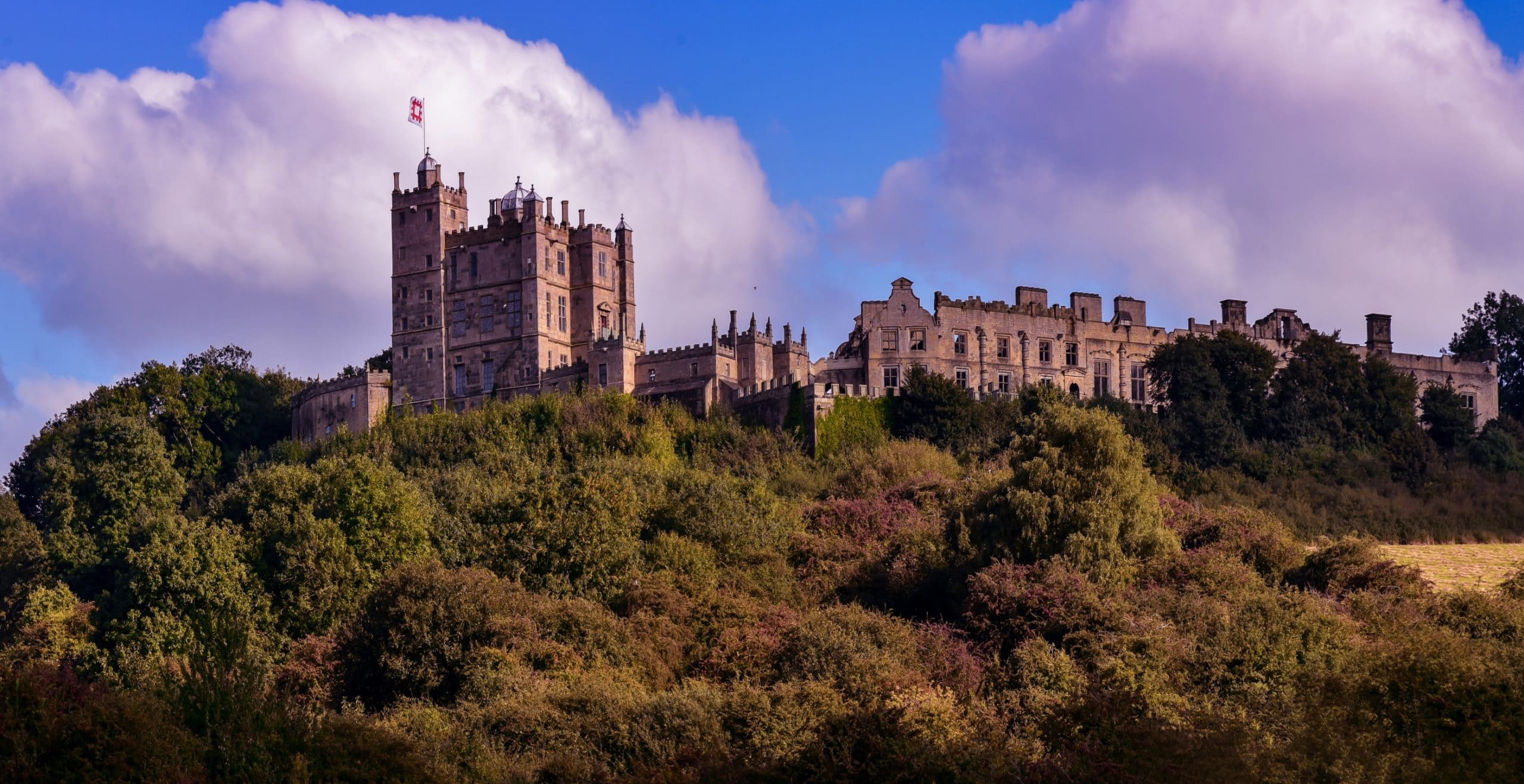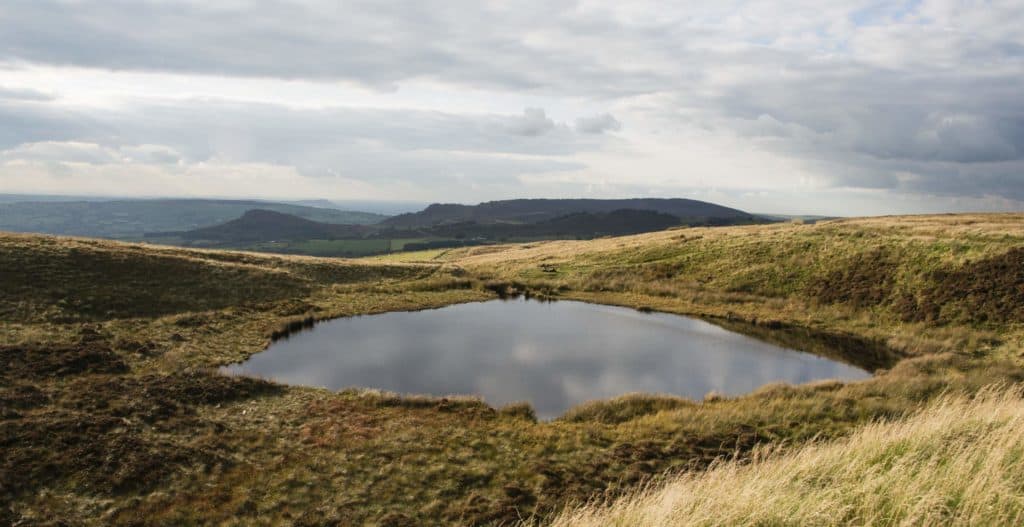Facts about Derbyshire
![]() Population: 1,020,000
Population: 1,020,000
![]() Famous for: The Peak District
Famous for: The Peak District
![]() Distance from London: 3 – 4 hours
Distance from London: 3 – 4 hours
![]() Local delicacies Bakewell Tart, Gingerbread
Local delicacies Bakewell Tart, Gingerbread
![]() Airports: East Midlands Airport
Airports: East Midlands Airport
![]() County town: Matlock
County town: Matlock
![]() Nearby Counties: Yorkshire, Nottinghamshire, Leicestershire, Staffordshire, Cheshire
Nearby Counties: Yorkshire, Nottinghamshire, Leicestershire, Staffordshire, Cheshire
Welcome to Derbyshire and the Peak District. The Peak District National Park was the first National Park to be set up in Britain and over three quarters of the park lie within Derbyshire. As well as stunning scenery, the Peak District includes market towns such as Buxton, Ashbourne and Bakewell, home to the famous tart. However for walkers the highlights include Manifold Dale and the popular beauty spot of Dovedale, a dramatic limestone ravine running alongside the River Dove.
Also in the Peak District you will find Eyam, the “plague village”. The village took the courageous decision to isolate itself when plague was discovered there in August 1665, rather than let the infection spread.
Jane Austen wrote 'Pride and Prejudice' whilst staying in Bakewell and some places mentioned in the book are believed to have been based on actual places in the area. The fictional village of Lambton is thought to be Longnor near Buxton, and the home of Mr Darcy, Pemberley, is believed to be based on Chatsworth House.
Chatsworth is one of the jewels of Derbyshire, home of the Dukes of Devonshire and set in over 35,000 acres of stunning parkland. Hardwick Hall, now run by the National Trust, was built by the formidable Elizabeth Countess of Shrewsbury ("Bess of Hardwick"), one of the wealthiest women in the country at the time. She married four times, accumulating wealth and land each time.
Other notable people with links to Derbyshire include Izaak Walton, author of ‘The Compleat Angler’, one of the most reprinted books in the history of English literature. He liked to fish along the River Dove. Erasmus Darwin, co-founder of the intellectual group the Lunar Society and grandfather to Charles Darwin, was a resident of Derby for much of his life.
Derbyshire is also one of the counties that take part in the ancient custom of well dressing. Springs and wells are decorated with pictures made from living plants and flowers, usually during the summer and early autumn.
